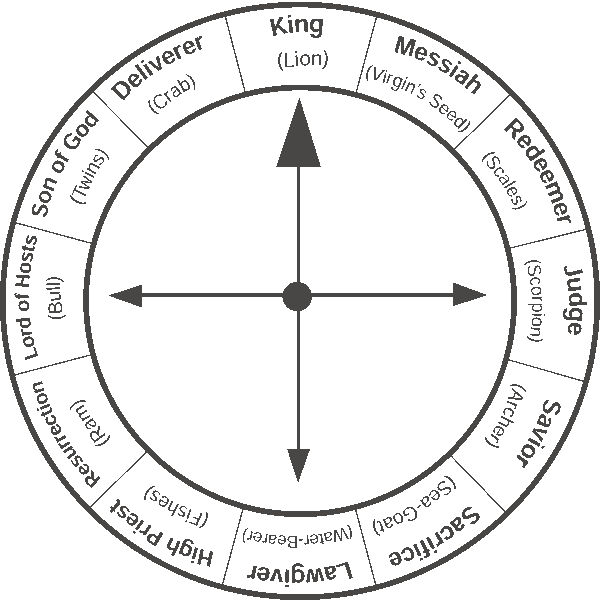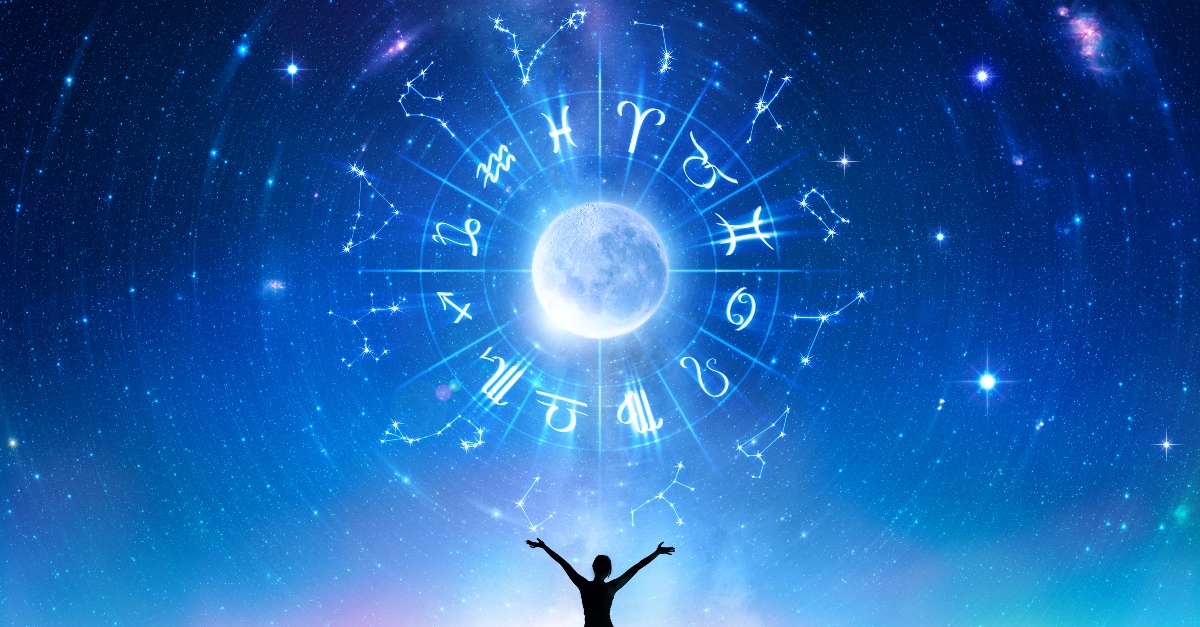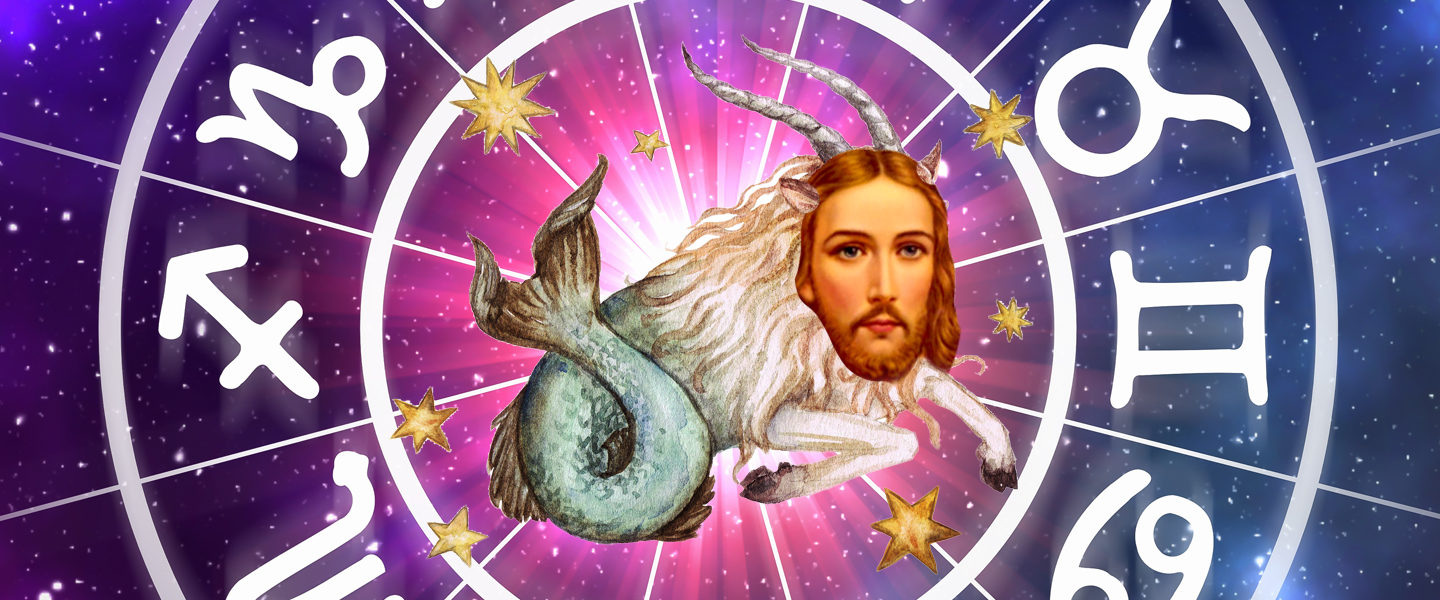

Pointing to the writings and work of Cicero, the Chaldeans, Egyptians, Phoenecians, and to some of his more contemporary counterparts, Richer, Roberts, Dupuis, Clarke, Smith and Syce, Seiss explains that this mathematical precision, and God’s artistic illustration connecting each star, tell the gospel story.

Avah, Hebrew for “signs,”and Moed, Hebrew for “seasons,” indicate that the stars mark something fixed and/or appointed– specific to history. The twelve signs of the Solar Zodiac mark something significant about specific periods of time. The Earth routinely, every year, tilts nearest the Sun (perihelion) in early January and farthest from the Sun (aphelion) in early July. The Earth completely revolves around the Sun in increments of 12– at an angle– every 365.25 days. Mathematicians and scientists have discovered exact distances between the Earth and the Sun. Scripture is not silent: everything in God’s creation, he ordered with a specific purpose. These constellations are undeniably evident to everyone, Seiss argues, as does David throughout the Psalms. In fact, the 24 brightest stars seen from Earth, are referenced in verses from Genesis to Revelation, Seiss points out.


(Another beautiful image similar to the above image of Jesus at the center of the Solar Zodiac can be found in a private 16th century monastery, Moni Dekoulou-Μονή Δεκούλου, in Aposkieri Mesa Mani, Peloponnesus, Greece. In a lecture entitled, “The Starry Worlds,” first published in 1882, he attests: “Such wonderful creations of almighty power and wisdom were not without a purpose.” Fresco of Jesus at the center of the Zodiac in the Svetitskhoveli Cathedral (Cathedral of the Living Pillar) in Mtskheta, Georgia, and a UNESCO World Heritage Site. According to a 1904 New York Times abstract, Seiss was long distinguished as a preacher and writer and founder of the The General Council of the Evangelical Lutheran Church in North America in 1867.


 0 kommentar(er)
0 kommentar(er)
